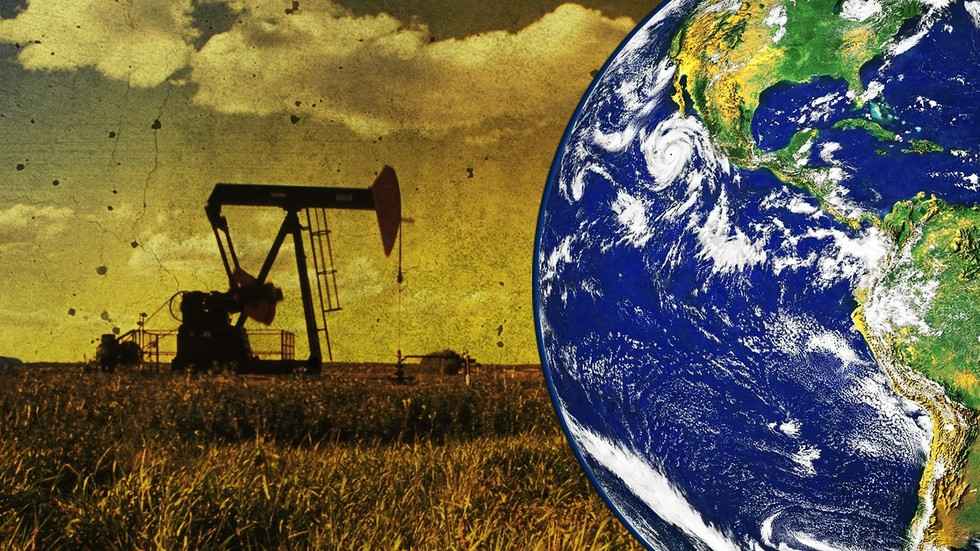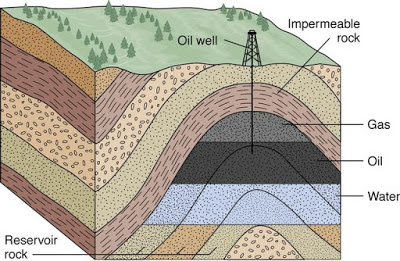If you are interested in presenting a talk at the conference ( World Congress on Petrochemistry and Chemical Engineering ), please submit a copy of your abstract here Abstract Submission
Robotic Drilling Systems AS (RDS) develops a game-changing drill-floor solution consisting of robotic technology for fully unmanned drill floor operations. The system handles pipe and tools and the technology can be applied both on pipe-deck and drill-floor on all drilling structures (new builds and retrofit) for both land and offshore installations.
The robotic control system ensures seamless, fast and precise work operations between the electric drill floor machines. The benefits are faster drilling operations, high safety level due to unmanned operations, and lower installation, maintenance, and operations costs.
The technology development is supported by the Research Council of Norway, Statoil, Shell, ConocoPhillips, Total, ENI, and Innovasjon Norge.
RDS-Description
RDS is developing a fully electric and robotic drill floor for the fast, seamless and human-free operation of pipe and tools on the drill floor. In order to achieve this, three major innovations had to be brought forward:
- Electric drill floor machines, such as electric roughneck and electric pipe handler, to allow for precise operation
- A dynamic robot control system to allow for flexible operations
- A drill floor robot to replace manual operation
The system can be used on new-builds or retro-fitted to existing rigs. In order to achieve a seamless system with good motion control, RDS has replaced the conventional hydraulic drill floor machines with a new generation of electrical machines or robots. In addition to avoiding an HPU, the electric system is easier to install and integrate on the rig. As standard electric motors and gear are used, potentially the reliability will be higher and the energy consumption will be significantly lower for electric robots.
Early studies indicate a potential saving of up to 40 rig days per year for a rig (depending on how much of operation time is considered critical), including non-productive time. Several thousands of manual operations will be avoided.
In addition to saved rig time, improved HSE and reduced OPEX, a full robotic system will give other benefits, such as less downtime, faster installation, lower noise, less energy consumption, and less CO2 emission.
RDS is in the process of workshop testing the robotic drill floor system including the seamless co-operation between the machines/robots.
In general industry, robots have been used for decades in the manufacturing process. The oil and gas industry has so far been very conservative.





